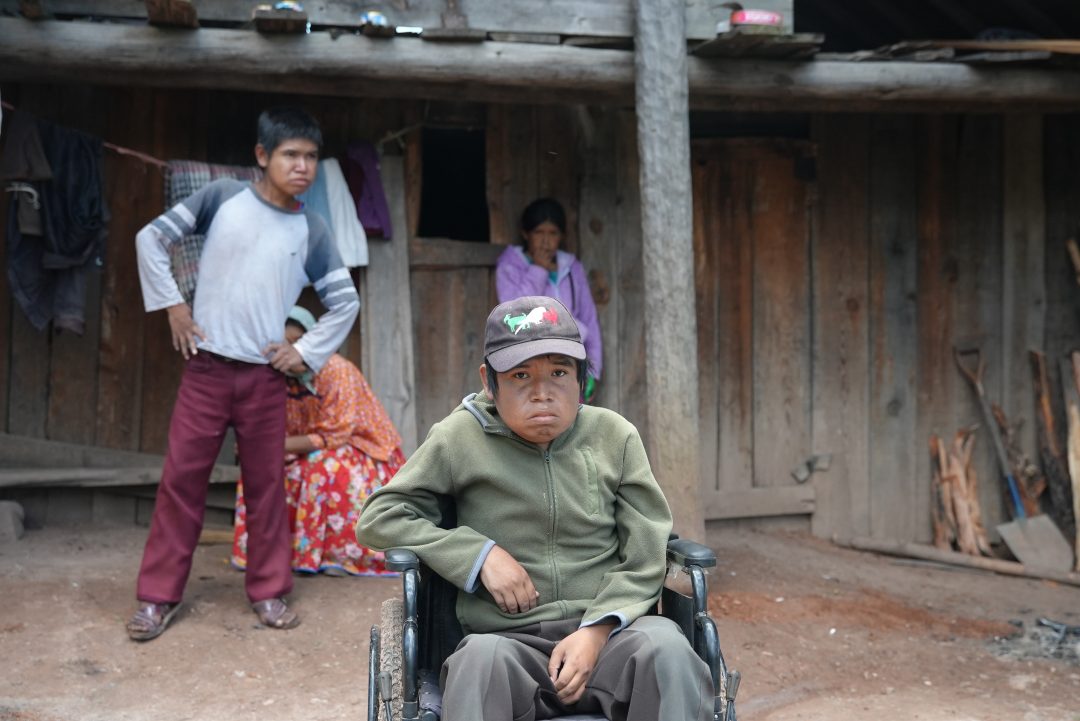With this year’s theme, World Duchenne Awareness Day (WDAD) highlights the role of family members for people living with Duchenne and Becker muscular dystrophy.
Living with Duchenne muscular dystrophy (DMD) is a journey marked by both physical challenges and emotional resilience. At the center of this journey is family. The love, support, and daily involvement of family members play a vital role—not just in caregiving, but in shaping the quality of life and emotional well-being of those living with DMD.
For a person with Duchenne, parents are often their fiercest advocates and most devoted caregivers; siblings are companions and lifelong friends; grandparents, uncles and aunts are a steadying presence. Family can also be the community where people live in an inclusive way.
WDAD Documentary
On September 7, the World Duchenne Organization will launch a WDAD documentary. This powerful documentary follows families from different corners of the globe as they navigate life with Duchenne muscular dystrophy. Through intimate interviews and everyday moments, it reveals not only the medical and emotional challenges of DMD, but also the deep love, resilience, and hope that unite families across cultures. More than a filmit is a global call for awareness, understanding, and unity.
About Duchenne and Becker muscular dystrophy
Duchenne Muscular Dystrophy is a rare disorder that causes muscles to become weaker over time until it affects the whole body. Approximately one in every 5.000 boys is born with the disease. It is caused by a mutation on the X-chromosome, that is why mainly males are affected. First walking becomes difficult, then other motor functions follow and ultimately it affects the ability to breathe as well as the function of the heart, as the heart is a muscle too. The missing protein also has a function in the brain, so learning- and behavior issues can also be part of the disease. Becker Muscular Dystrophy (BMD) is considered to be a less severe form of DMD.
About World Duchenne Awareness Day
World Duchenne Awareness Day (WDAD) is an annual event held on September 7. WDAD is a global event aimed at raising awareness about Duchenne and Becker muscular dystrophy. The day promotes education, advocacy, and social inclusion initiatives to improve the quality of life for people living with dystrophinopathies. Secondly, it is providing a platform to share personal stories and experiences of those living with the disease.











